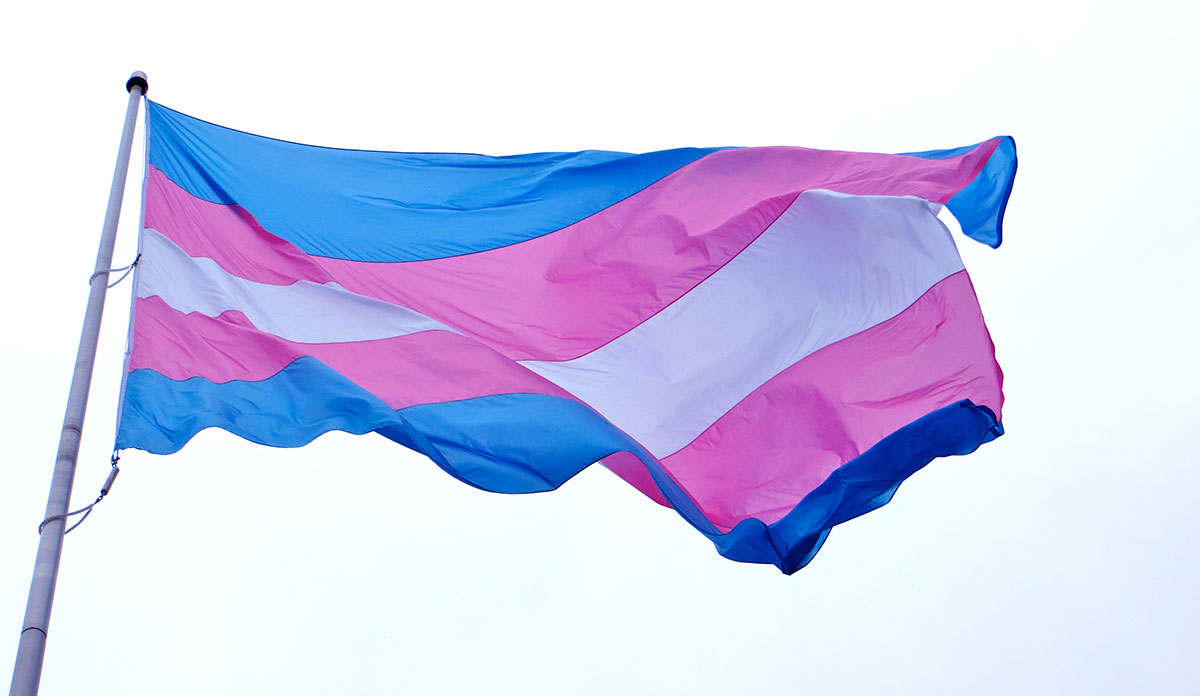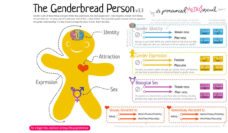On December 15, 2017, the Trump administration discouraged the Centers for Disease Control and Prevention from using seven words, including the word “transgender,” in their budget. Conducting research and implementing programs to improve transgender health is important now more than ever, especially given new research indicating the extent of health disparities affecting transgender populations. In its 2015-2016 survey, the California Health Interview Survey became the first state-level to include two-step questions on gender identity (i.e. separate questions about sex at birth and gender identity). A new report based on the data indicates that transgender individuals are six times more likely to have attempted suicide, four times more likely to have experienced severe mental distress, and three times more likely to report delays in seeking healthcare relative to cisgender individuals. These results indicate that there is a critical need for the Centers for Disease Control and other public health institutions to invest in research, data collection, and programs to help improve transgender health.
The following was originally published on March 8, 2017.
Two weeks ago my coauthors and I published a study indicating that state same-sex marriage policies were associated with reduced adolescent suicide attempts. In the same week, the Trump administration lifted federal guidelines recommending that schools allow transgender children to use restrooms and locker rooms consistent with their gender identity. It is now up to states to decide whether transgender children should be able to use restrooms that correspond with their gender identity. States already differ in the rights that they afford transgender youth.
In Massachusetts, a law banning discrimination against transgender individuals explicitly permits individuals to use restrooms consistent with their gender identity. In North Carolina, House Bill 2 only permits individuals to use the bathroom consistent with the sex listed on their birth certificate in schools and other settings. In Virginia, there is no state policy on transgender rights, leaving decisions on school restroom policies to local school boards. Transgender high school student Gavin Grimm is bringing his case contesting his school board’s refusal for him to use of bathrooms consistent with his gender identity to the Supreme Court.
How do these different policies affect transgender adolescent health? Conducting a study on the relationship between state transgender policies and the health of transgender youth would be a natural next step for understanding the relationship between LGBT rights and adolescent health outcomes. But representative data to study transgender child health outcomes do not exist.
A key strength of our study on state same-sex marriage policies was that we used Youth Risk Behavioral Surveillance System (YRBSS) data that were representative of high school students in 47 of 50 participating states. The YRBSS is the main source of representative data on the health behaviors of adolescents in the United States. The data are used to track trends in adolescent health risks and to measure progress toward Healthy People 2020 adolescent health goals.
Data on the sexual orientation of adolescents remain incomplete, with just 25 states including questions on sexual orientation in 2015, and only 5 states including questions on sexual orientation in 2007. Partly because of these data limitations, we focused our main analysis of state same-sex marriage policies and adolescent suicide attempts on the full population of adolescents rather than just those who identified as sexual minorities. There is even less information available on transgender adolescents. Only one state, Massachusetts, included a question on whether students are transgender in the 2013 and 2015 YRBSS waves. Kellan Baker of the Center for American Progress has documented that most federally-funded surveys of adult health and employment also fail to capture data on sexual orientation or gender identity that could be used to assess the relationship between LGBT rights and well-being.
A new report based on the data indicates that transgender individuals are six times more likely to have attempted suicide, four times more likely to have experienced severe mental distress, and three times more likely to report delays in seeking healthcare relative to cisgender individuals.
How important is it to have data on sexual and gender minorities? It is critical for understanding whether and in which domains of health there are health disparities. 2015 marked the first year when the national YRBSS included a question on sexual orientation. This allowed Laura Kann and other researchers from the Centers for Disease Control and Prevention (CDC) to publish a study documenting a number of health disparities affecting students who identified as lesbian, gay, and bisexual (LGB) based on nationally representative data.
Kann’s study also laid the groundwork for our study, informing our choice of suicide attempts as our outcome of interest based on particularly large LGB disparities for this outcome. Without a question capturing whether students are transgender in the nationally representative YRBSS, we do not have representative information on the extent of disparities in suicide attempts or other health outcomes for transgender youth. We also cannot assess whether changes in transgender policies are associated with any changes in health disparities.
What data we do have indicate that there likely are large disparities to be documented and addressed. These data typically come from adults in the form of non-representative, Internet-based surveys. The National Center for Transgender Equality has collected data on transgender health through Internet surveys in 2010 and 2015. Data from the 2015 survey indicate that transgender adults report a lifetime rate of suicide attempts more than eight times greater than the rate among adults who are not transgender. An analysis of the 2010 data indicated that not being permitted to use restrooms consistent with gender identity was associated with greater lifetime risk of suicide attempts. The only published studies of transgender youth have small and non-representative samples. In a 2007 study, Grossman and D’Augelli reported that 26% of 55 transgender youth aged 15 to 21 reported a history of suicide attempts. A 2008 study also estimated that more than a quarter of transgender women in the U.S. are living with HIV.
Our study cannot provide any evidence on how transgender rights affect adolescent health. The association we found between state same-sex marriage policies and adolescent suicide attempts does suggest that youth may be aware of and responsive to state policy changes. As the U.S. Supreme Court and U.S. states consider policies governing transgender rights, there is a need for representative data on transgender adolescent health to help inform those decisions.
Feature image: torbakhopper, the transgender flag: harvey milk plaza, castro, san francisco (2012), used under CC BY 2.0. Note: The Transgender Pride Flag was created by American trans woman Monica Helms in 1999, and was first shown at a pride parade in Phoenix, Arizona, United States in 2000.












